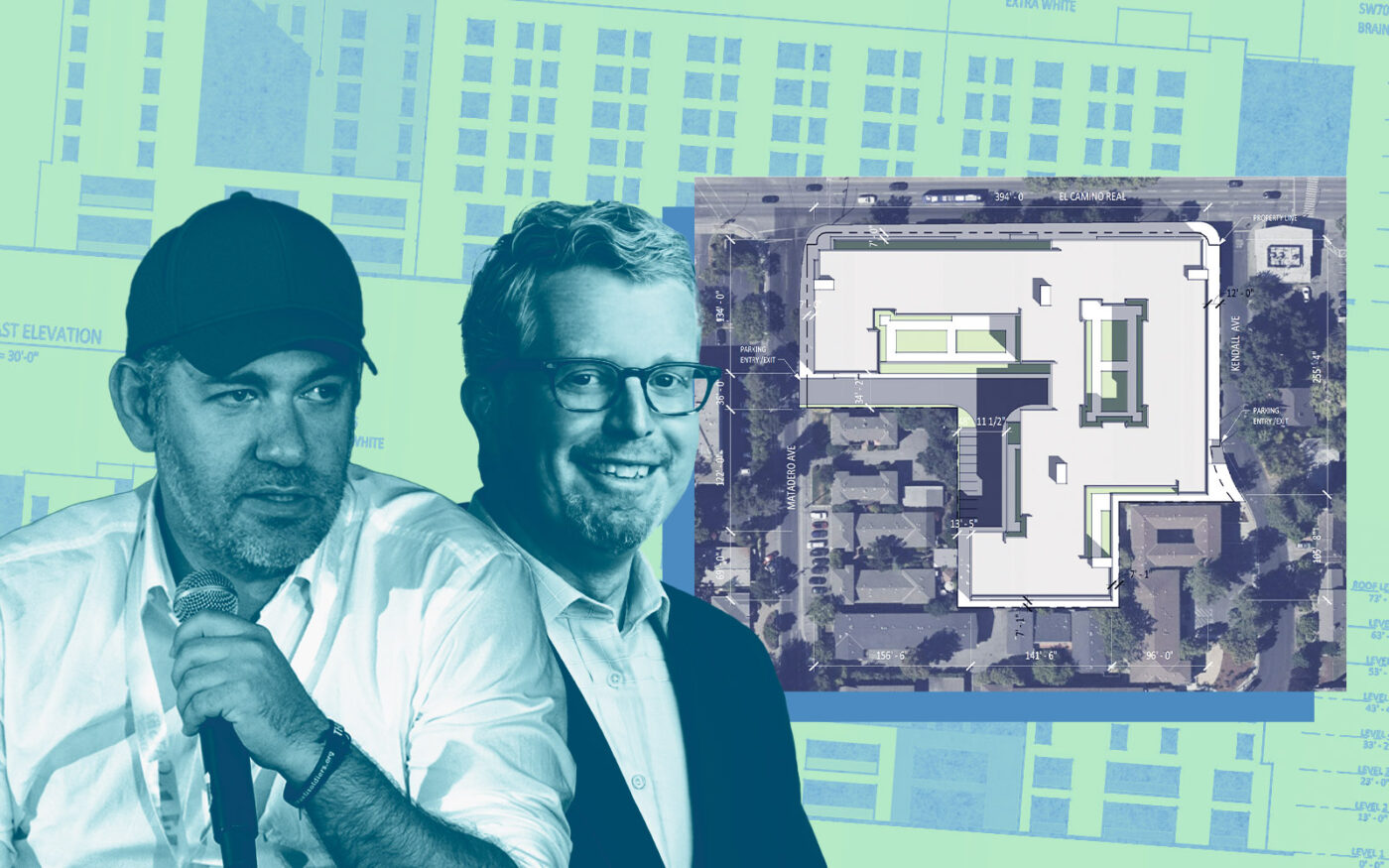Trending
About 40% of CA cities still vulnerable to builder’s remedy projects
Developers see small window of opportunity, but looms as “a potential threat”

A significant portion of California cities — nearly 40 percent — remain vulnerable to builder’s remedy projects, according to the Department of Housing and Community Development’s data as of March 25, while courts across California are looking to clarify the provision and the threat of non-compliance is more pertinent than ever.
Though local government officials have to aim to meet California’s goal of 2.5 million new units by 2030, according to projections from the governor’s office, progress has been relatively slow, with 215 jurisdictions without a compliant housing element, or plan to build their share of homes, out of 539 total.
This marks gradual progress: 222 jurisdictions were non-compliant as of Feb. 26.
Non-compliant jurisdictions include South Pasadena, Santa Barbara, Menlo Park, Palo Alto and Beverly Hills as of March 25.
And in cities without a compliant housing element, developers can file projects under the provision of builder’s remedy, which removes a city’s privilege to approve or deny a housing project based on zoning rules, as long as the project meets certain affordability thresholds.
There are currently at least 93 builder’s remedy applications across the state representing 17,000 potential units, according to data compiled by San Francisco-based nonprofit Yes In My Back Yard that advocates for more housing.
In one case in Palo Alto, Vittoria Management is attempting to use builder’s remedy for two neighboring properties, a 315-unit apartment complex at 3606 El Camino Real and a 169-unit complex at 3781 El Camino Real, according to data compiled by SF YIMBY.
No builder’s remedy development has been built yet anywhere in the Bay Area. And if the compliance momentum continues, soon there will be fewer and fewer developers choosing this route in their pursuit of building permits.
Still, every city that comes into compliance is one less area of opportunity for developers. Take San Francisco, which has a housing element approved by HCD and is therefore in compliance with state law.
“Builder’s remedy is not an option for project sponsors in San Francisco,” Rich Hillis, a director of planning for San Francisco’s Planning Department, said.
Still, the idea that a builder’s remedy case could crop up remains a factor in forcing cities into compliance.
“Builder’s remedy is still a potential threat, if housing elements are decertified by HCD, and we’re not following through on what we’ve committed to in the housing element,” Hillis noted. “It’s still a potential threat out there [if] we don’t follow through with the commitments that we made under the housing element.”
And as more government officials, like Gov. Gavin Newsom and Attorney General Rob Bonta, speak out on builder’s remedy and a growing body of judges rule in favor of the provision, developers are likely to see results in their favor.
The negotiations with the city also matter, according to builders and legal experts interviewed for this story.
“If you talk to most developers in most cities, they’ll say the action is not in the cases that we win or we lose in court,” says CHristopher Elmendorf, a professor at UC Davis School of Law. “The action is the negotiations that take place in the shadow of the potential for litigation.”
While we’ll see more lawsuits and more builder’s remedy cases, it’s unlikely that the provision will become a permanent tool in developers’ arsenal.
“As time goes on, cities will become compliant, and there won’t be any builders’ remedies,” Leo Pustilnikov, one of the developers at the helm of the builder’s remedy movement, said. Pustilnikov has filed multiple builder’s remedy applications in Orange County and Beverly Hills.
Ultimately, California’s latest experience with builder’s remedy shows the need for clearer legislative provisions for everyone involved.
“I don’t think it’s great that every time that there’s a dispute, we have to go to court and have it adjudicated — I wish the law were clarified,” Pustilnikov said. “You have these laws that have been on the books for 40 to 50 years that have constantly been changed and amended, so at the end of the day, it doesn’t exactly read the way you would expect it to read if it were a new law passed at once and thought through fully.”




